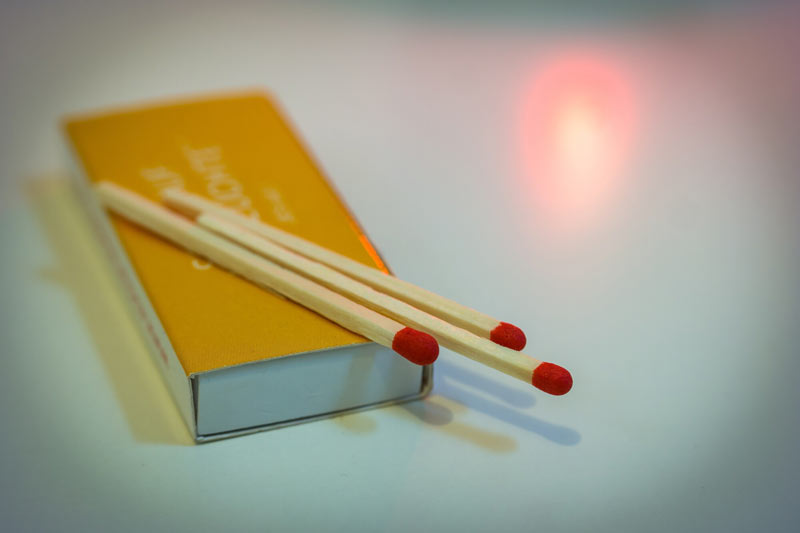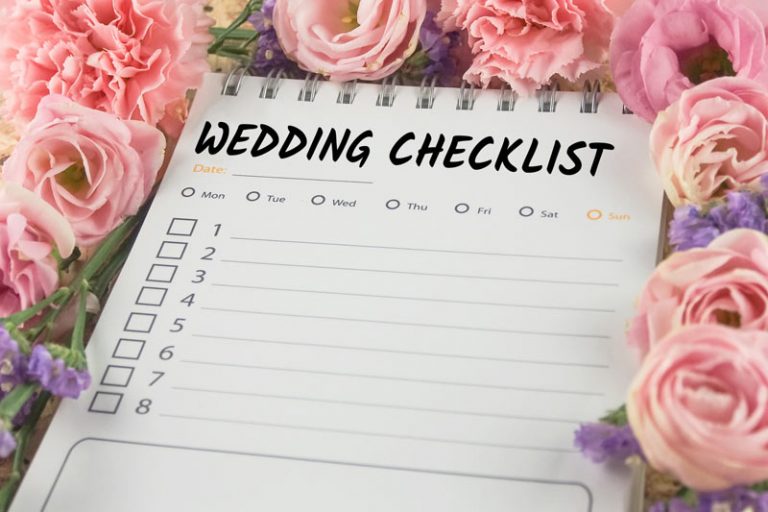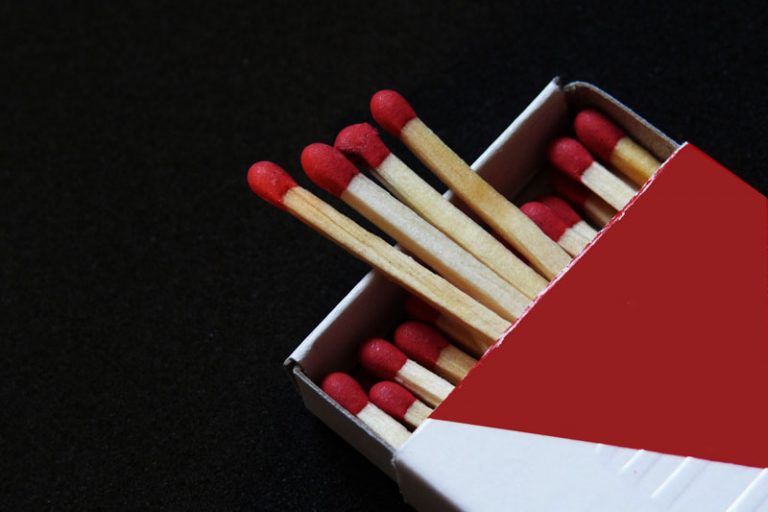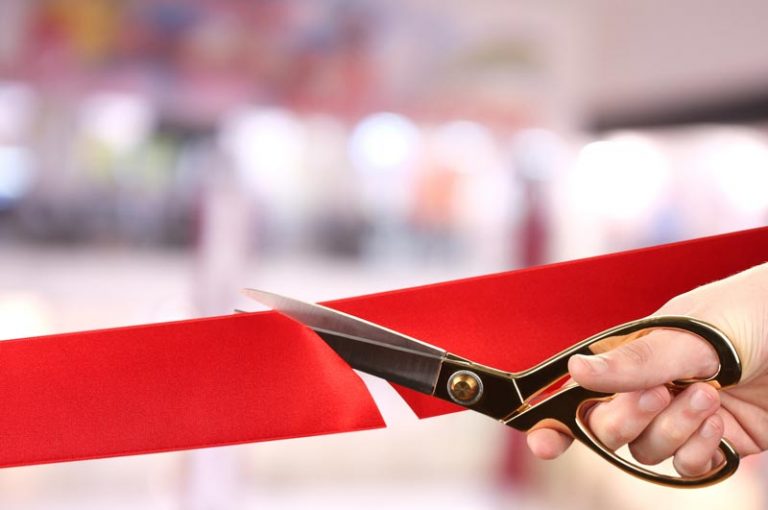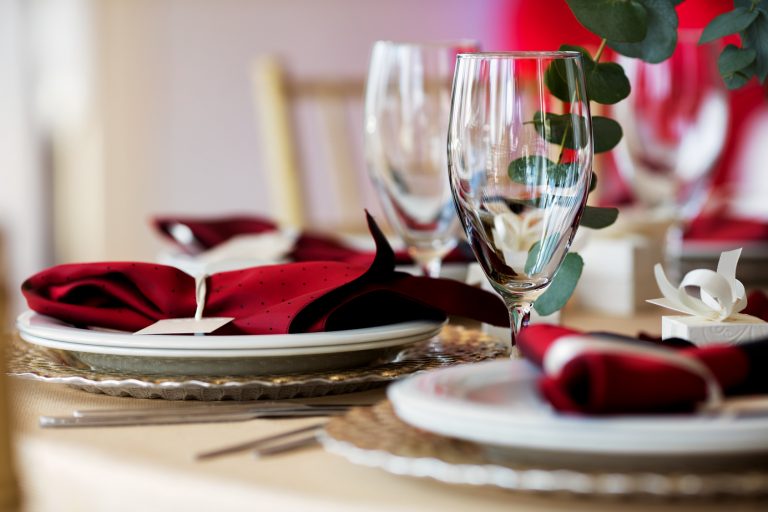How to Restore Collectible Custom Book Matches
The world of collecting custom and vintage matchboxes, phillumeny, is raging right now.
The most expensive matchbook was sold on July 3, 2015, for $6,000. It was from a June 1927 dinner celebrating Charles Lindbergh’s historic solo transatlantic flight from New York to Paris.
Part of the interest in the world of collectible matchbooks is, of course, imagining who once held it in their hands.
Do you have a vintage matchbook or matchbox and need some help restoring it? Keep reading for our hot tips!
Keeping Custom Book Matches Looking New
First, you will want to decide if you are going to keep the matches along with the book of matches. A lot of people do not store them along with the matches, as this can cause deformations.
Match heads are made of potassium chlorate and red phosphorus. Safety matches were already in use by the 1920s and added glass powder and fillers. They did this to help slow the reaction down and make the formulation less reactive.
Because the match heads are a little acidic, it also will degrade the card stock of matches.
If you decide to remove the matches, open the staple holding the paper casing off the matchbook together — especially if you plan to reuse it. If you choose to toss the matches, make sure to soak them in water first.
Lie the matchbook casing flat and press it between two objects with plenty of pressure. Take care not to wrinkle or deform it.
If you plan on displaying it, you can sandwich it between glass and a firm backing.
Matchboxes
Most of what you can do for matchboxes is to remove the matches and clean them up, as we will later describe. If you want to flatten them out, you will need a careful hand stripping of the covers.
Single top labels are a single square glued on top of the matchbox. All-round labels are harder to strip as they wrap the entire exterior of the matchbox. All-round labels are only valuable intact.
“Skillets” are printed directly on the box, and therefore, you cannot remove or strip anything but the match heads.
Taking Care of Weathered Paper
Restoration of a book of matches or maintaining personalized book matches can be the most challenging matchbox preservation task. You will want to practice on some spare paper before undertaking it.
Suitable cleaning tools for archival restoration are:
- Soft natural bristle brushes
- HEPA vacuum with variable speed settings
- Soot sponges made from vulcanized rubber
- Grated vinyl erasers
- Nitril or vinyl gloves
Brush from the inside out and try not to use the vinyl gratings or soot sponge on areas with ink.
Gently brush the surface of the book matches or matchbox with a soft brush. Using the sponge, try not to brush hard so you do not damage paper fibers.
To clean using the vinyl, pour a small amount onto the paper, and using the vinyl gloves, carefully use a small, gentle, circular motion. As the vinyl turns grey, use your soft brush to remove it. Add as desired, but do not overwork any area.
Now You Know How to Restore and Preserve Book Matches
Custom book matches can be a fun hobby, but with a lot on the line. As you practice your craft, you may feel up to doing more than cleaning it up, like displaying it.
Are you looking to start your collection? Wagner Match can make you a smoldering custom book match or matchbook for your upcoming conference or corporate event.
No event? No problem. They also help promote your brand in a unique but traditional way.
Do not let this opportunity go up in smoke — get in touch now!
Wagner Match has specialized in providing impeccable service to the hospitality, entertainment, and service industries since 1981.

